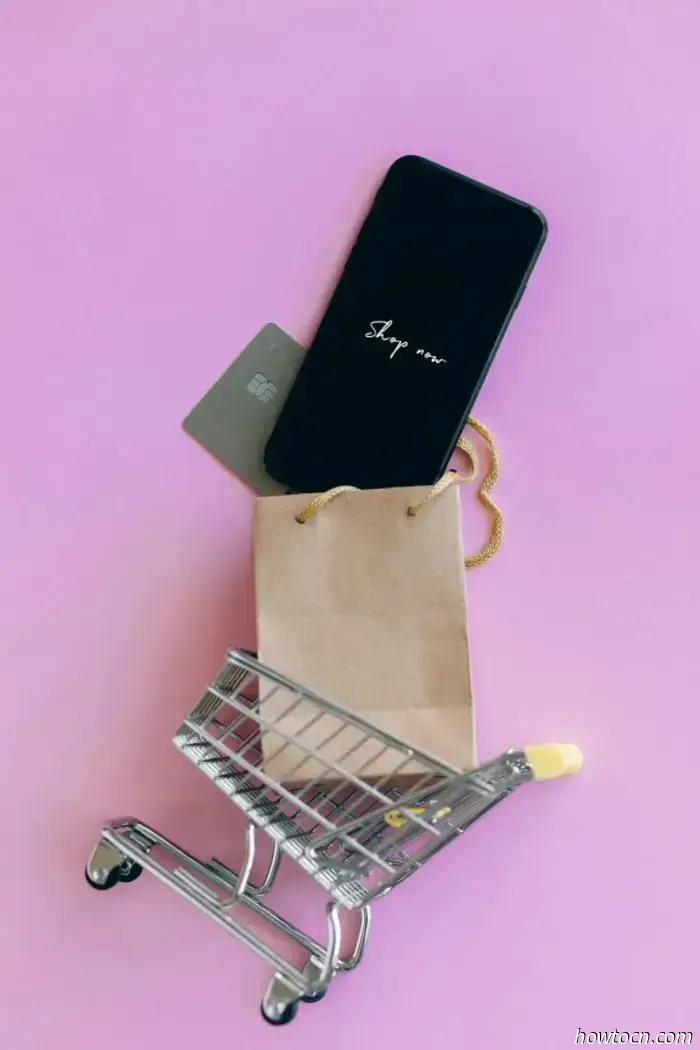
Today, the internet has made purchasing secondhand or vintage items more accessible than ever. In China, this process is further simplified through apps and mini programs that bring options right to our fingertips, enabling individuals to sell directly to prospective buyers.
In this article, I’ll share some tips for using secondhand apps in China, focusing primarily on the app Idle Fish 闲鱼. While these suggestions will be particularly relevant to that platform, most can also be applied to other sites. Some advice may be straightforward, while others might not be as obvious, but each tip is worth keeping in mind.
1. Read (and Understand) the Description
While this might seem obvious, it’s especially crucial for expats in China who may have varying levels of Chinese language proficiency. No matter your language skills, it’s essential to fully grasp the information presented in the listing description that interests you. Utilize available software or dictionaries and seek help from Chinese-speaking friends for specific or technical terms if needed.
2. Pay Attention to the Details
A reliable seller will usually include all necessary information about the item in the description, minimizing your questions about the sale. Expect clear details regarding price, item name, brand, condition, and more.
Be mindful of specifics such as:
– Multiple Items: Does the listing feature several items? Sometimes sellers create a single listing with one officially stated price while designating different prices for various items or quantities. For instance, a listing for perfume at RMB 200 might actually encompass various decanted options at different prices. It’s also possible that some items have sold out, making only certain items available at alternative prices.
– Conditions: Are returns allowed? Most likely not.
– Purchase or Renting: Be cautious of listings that advertise incredibly low prices, as the item may be available for rent instead of purchase. Awareness of these nuances can help you avoid complications later.
3. If It Seems Too Good To Be True, It Probably Is
This timeless advice holds true. If you encounter a seemingly amazing deal, proceed with caution. The item might be counterfeit (including high-quality replicas), defective in some undisclosed manner, or might not exist at all.
Trust your instincts—(for example, an RMB 40,000+ five-motif VCA Alhambra bracelet selling for RMB 1,000 is almost certainly not genuine…)
4. Compare Prices
Following the previous point, it’s wise to compare prices for similar or identical items across various sellers. This isn’t so much about finding a bargain as it is about understanding market value. If you see several listings for the same item priced between RMB 1,200 and RMB 1,800, a sixth listing for RMB 500 should raise some flags.
5. Be Cautious of Unreliable Sellers
Take note of sellers who exhibit the following behaviors:
- They fail to provide relevant details like serial numbers or photos of the item's interior/back.
While some sellers may simply be unfamiliar with selling certain items, they should still be responsive to reasonable requests for more information. However, if a seller appears knowledgeable but avoids showing the serial number, consider that a warning sign.
- They are reluctant to answer inquiries or provide additional video evidence.
Be wary of sellers who don’t wish to display relevant parts of an item, such as serial numbers or significant usage records.
- They omit the name (brand, model) in their description.
This is particularly important for high-end or vintage items. If the listing hints at a specific product but lacks brand or model information, it raises suspicion. While the presence of brand names doesn’t guarantee legitimacy, the absence of such details is a clear warning sign.
- They present items with impressive visuals and seemingly irresistible prices but seldom have stock available.
When items are showcased in excellent condition at great prices yet are often “sold out,” that’s a major red flag.
- They use the same images as other sellers.
Researching across listings can help identify items that multiple sellers showcase with identical photos at varying prices. This could indicate coordination or that one listing is real while the others are not.
- They rely solely on “official” images.
If an advertisement for a secondhand item only features images from the original company, consider why that might be and whether you wish to proceed with that seller.
6. Inquire, Inquire, Inquire!
As a customer with the purchasing power, don’t hesitate to ask any questions that will help you feel comfortable with your decision. Request additional images of the item or specific parts, whether through photos or videos. Make sure to ask for clarity on all components included with the item. I once bought a vintage purse that I believe is authentic, but the accompanying strap, which the seller claimed would be included, turned out to be a reproduction made of fake leather.
7. Compare Item Photos with Verified Images of Authentic Products
This advice is











Here are more than ten things to consider when shopping on secondhand apps.